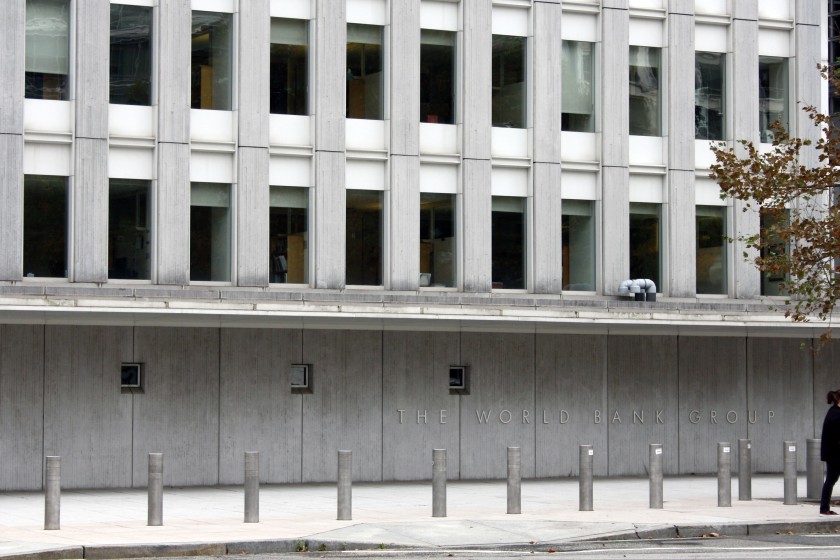
World Bank Project to Rehab 17 High Schools in Armenia In Financial Trouble: Budget Doubles Due to “Unforeseen” Cost Overruns
Marine Madatyan
A US$30 million World Bank financing project launched in 2014 to rehabilitate 17 high schools in Armenia by 2019 has hit a financial snag mid-stream due to lack of funds.
Just how many of the 17 earmarked schools will actually be refurbished under the Education Improvement Project in Armenia remains unclear.
“Maybe it will be 17, 12, 10 or 8. We’ll know when there’s a complete recalculation. We’ll know how many schools we’re able to rehabilitate with the amount according to the specified criteria,” says Vigen Sargsyan, an official at the World Bank’s office in Yerevan responsible for external matters.
“Education Improvement”: Some high schools may only be rehabilitated on paper only
Approved on March 14, 2014 the Education Improvement Project (Project ID P130182) was tasked with “improving school readiness of children entering primary education, improving physical conditions and the availability of educational resources in upper secondary schools, and supporting improved quality and relevance in higher education institutions in Armenia.”
Total financing of the project was set at US$37.5 million, of which US$7.5 million was the contribution of Armenia’s government. The World Bank was to provide a US$15 million credit on standard blend IDA terms at a fixed interest rate of 1.25% per annum with a maturity of 25 years and a 5-year grace period, as well as a US$15 million IBRD loan of variable spread, with a 10-year grace period and the total repayment term of 25 years.
According to World Bank documents, $15 million was allocated by the IRBD (International Bank for Reconstruction and Development) and other $15 by the International Development Association (IDA), a part of the World Bank that helps the world’s poorest countries. The Armenian government kicked in the remaining $7.5 million.
The actual implementation of the project was handed to the Center for Education Projects, an arm of Armenia’s Ministry of Education and Science.
$18 million of total financing was to go towards the rehabilitation of 17 high schools in Armenia.
According to the World Banks March 14, 2014 press release announcing its approval of the project:
“17 high schools will be rehabilitated with enhanced construction and safety standards to benefit approximately 10,200 high school students in all regions. The rehabilitated high schools, would provide more appropriate teaching and learning environments to the students, including safer infrastructure, adequate ICT equipment and digital teaching and learning materials. The project activities will specifically cover vulnerable population including ethnic groups and disabled children.”
A 2013 World Bank PID (Project Information Document) states that “at least 17 high schools will be fully rehabilitated”. This was changed to “approximately 17 out of a total of 107 high schools” in a later PID dated 2014. (See below excerpts)
In response to a Hetq inquiry, the Ministry of Education and Science supplied the names of the following 17 high schools to be rehabilitated under the project.
|
(Martouni T. Abrahamyan H.S., Metzamor #2 H.S., Ararat H.S., Noyemberyan H.S., Hrazdan Kh. Abovyan #1 H.S., Yerevan T. Shevchenko #42 H.S., Ashtarak N. Sisakyan #5 H.S., Goris #1 H.S., Artashat H.S., Sevan Kh. Abovyan H.S., Vanadzor S. Nalghranyan #13 H.S., Yerevan K. Demirchyan #139 H.S., Gyumri #17 H.S., Artik #3 H.S., Vagharshapat M. Gorky #5 H.S., Yerevan A. Gharibyan #142 H.S., State Pedagogical University of Armenia) |
Work to rehabilitate five of the above has started, but not completed, according to data released by the World Bank and the Center for Education Projects.
The amount allocated for the phase 1 of rehabilitation didn’t exceed US$1million. A 700 million AMD rehabilitation contract was signed for the Martouni High School in Gegharkounik Province, 455 million AMD for the Noyemberyan High School in Tavoush, and 461 million AMD for Hrazdan’s #1 High School.
More money was allocated for Phase 2. According to a World Bank document, a US$1.9 million contract was signed to rehabilitate Metzamor #$2 High School in Armavir, and a $1.5 million contract to rehab the Ararat High School in Ararat Province. Work at the two schools is underway.
It remains unclear when work on the remaining 12 will commence, if at all.
The 2016 summary report issued by the Ministry of Education and Science reveals the extent of the risk that the project will fall short of its original objectives.
According to the ministry, estimates of the cost to rehabilitate the remaining 12 schools is pegged at US$30.770 million, almost three times the $11.6 million originally earmarked.
“The new estimate exceeds the original projects expenditures by $19.170 million,” the ministry states.
Vigen Sargsyan, from the World Bank’s office in Yerevan, told Hetq that such things happen. When asked why the project has experience $19 million in cost overruns, more than double the original $18 million earmarked, Sargsyan could only say, “It’s a normal process. It’s painful in this case because we’re talking about schools.”
So, who’s responsible for the doubling of the rehabilitation budget?
Hasmik Ghazaryan, Deputy Director of the Center for Education Projects, told Hetq that when they were negotiating for the financing they figured it would take $1 million to rehab each school. She confesses that it wasn’t clear what schools would be rehabilitated and, thus, their sizes.
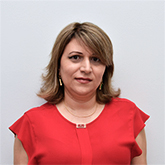
“It was decided to rehab 17 schools. A project budget was drafted, and not a preliminary estimate. As a basis, we used the renovations carried out Lincy Foundation; around $1million per school. Regarding the size of each school and their individual condition, the type of construction work needed, all that would become clear during implementation of the project. Projects are oftentimes reviewed in mid-stream,” says Hasmik Ghazaryan.
When asked if it was possible, given the above logic, that the budget could have tripled or even quadrupled, Ghazaryan replied, “Please don’t discuss the construction issue with me.” Let’s remind readers that Ghazaryan was the director of the Center for Education Projects during the negotiations for financing, running the Center until 2016.
Hetq also tried to get some clarification on the budget overruns from Grisha Hovhannisyan, who’s been running the Center as the temporary director since June 2016.
During our conversation, Hovhannisyan asked that we present our questions in writing. We then asked him, if we did so, would we receive a detailed answer. “You ask about the cost overrun, but nothing has been finalized. Experts and others are now reviewing the matter. After the summary, we’ll know if the budget has exceeded the original cost or not,” Hovhannisyan replied.
When asked if the Ministry of Education and Science had raised the issue of the $19 million overrun, Hovhannisyan replied: “You are correct. I have nothing to say. We’re now looking into the overrun and why it happened. You want to see what happened, and I’m saying that nothing’s been summarized. Various professional agencies are participating in the discussion.”
World Bank Rep: “A prediction wasn’t possible”
According to Vigen Sargsyan, of the World Bank’s Yerevan office, says there was no way to predict if the money originally earmarked to rehabilitate the schools would be insufficient.
Sargsyan says that a list of the 17 schools had been drafted in advance and that it was estimated that $1 million would be needed to rehab each one. However, when it came time to finalize the documents for the construction, they realized that the schools had to be renovated from top to bottom, and not just repaired. The money earmarked for the job wouldn’t be sufficient.

“Essentially, when the construction process had started, it became clear that the schools were in terrible shape. Logically, we took a step back. We weren’t talking about some repairs, buy about comprehensive rebuilding. Construction to seismically safeguard the schools is an expensive luxury,” says Sargsyan.
The explanation of the World Bank rep conflicts with that given by the education ministry.
Earlier, in response to a Hetq written inquiry, the ministry specifically noted that the schools selected would undergo extensive renovations and not just repairs.
The ministry said that the Center for Education Projects had conducted studies evaluating the infrastructural needs of high schools in Armenia and seismic safety deficiencies. The final list of schools, according to need, was supposedly based on this research.
Vigen Sargsyan claims that the seismic construction component wasn’t planned for all the schools. He says the issue wasn’t included in the project, but that, if seismic risks were detected during construction, it would be addressed. Sargsyan says they expected one or two schools, at most, to undergo seismic safety construction, arguing that no one could have predicted a larger number.
The drafting of rehabilitation plans for the schools was carried out by the Babayan-LAT Planning Ltd. Hetq’s conversation with Housik Babayan, the company’s founder and a construction specialist, throws doubts on the above explanation given by Sargsyan.
“All such schools are tall structures and have a 4th degree risk rating. When renovations on such structures occurs, according to the standards we follow, the level of seismic stability is increased,” says Babayan, adding that all government approved projects, by necessity, evaluate a structure’s seismic security and that risks are now measured according to three seismic zones.
Babayan says that such costs, the evaluation of seismic risks and increasing safety levels, must be part of any estimated costs, especially regarding school renovations.
Contractors selected to rehab the schools based on tender bids might have to be paid more
As noted, work on five of the 17 schools has started. The companies contracted to do the work were selected by the bidding process. The lowest bidders got the contracts. Sargsyan told Hetq that the amounts to be paid to the winning contractors might have to be upped.
Sargsyan says that five schools were quite dilapidated and required capital renovation.
“I can’t say how much the contracts might be increased for which school. It might be $1million for one school and $2 million for another. The sites have been cleared and what remains is the shell. This will reveal whether strengthening starts from the roof or the basement. This will affect the final cost.”
 |
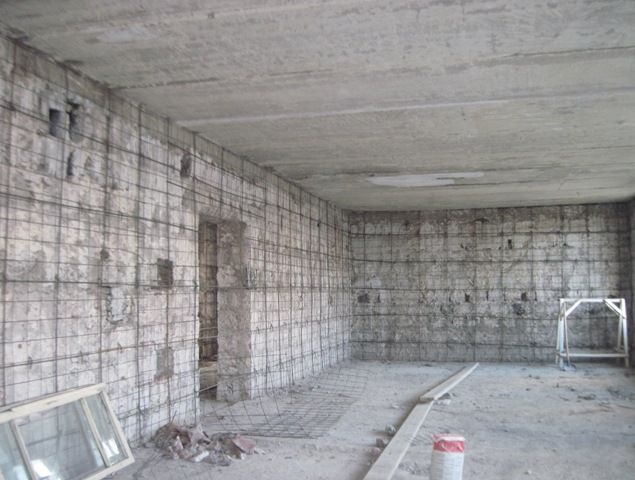 |
photo: www.cfep.am
Babayan not only claims that rehab estimates for the schools envisaged increasing seismic safety, but also rejects the claim of Sargsyan that the five schools were on the verge of collapse.
Babayan says that schools are evaluated every ten years in order to draft a future review casefile for the structure. The degree of wear and tear is also noted.
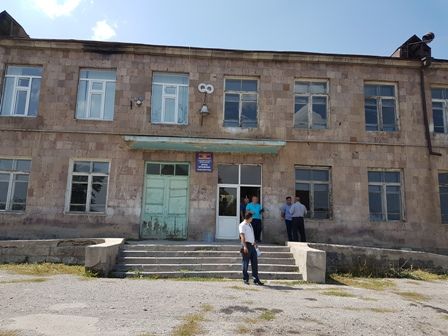 |
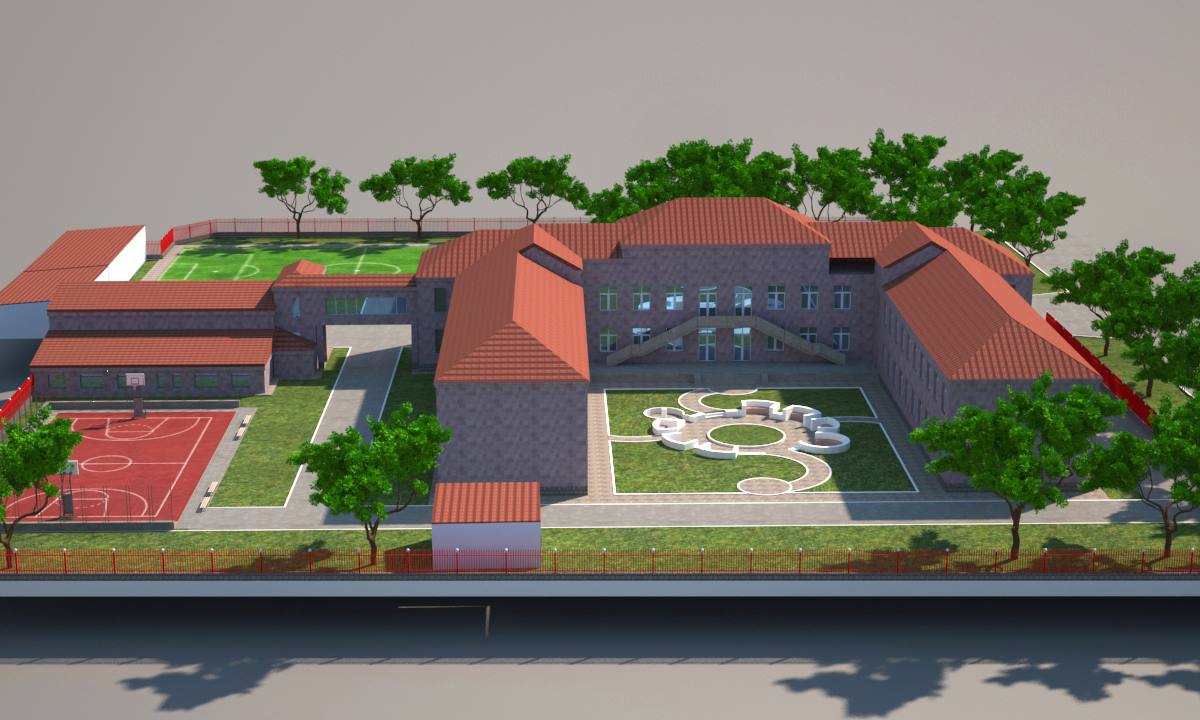 |
| Martouni High School: Before rehabilitation and expected future look | |
Arsen Babayan, Housik’s son and director of the company, says the cost overruns might have to do with the large land areas the schools occupy.
He showed us the blueprint for the high school in Vagharshapat. The new site envisaged for the school is much larger than the school grounds in the past. Why this factor wasn’t taken into account by the experts when estimating the project’s costs is anyone’s guess.
It now up to Armenia’s government to approve another $19 million to cover the budget deficit. Vigen Sargsyan says it’s too early to predict what the government will do.
“It’s a bit removed from the issue at hand, but given the fiscal state of affairs, it’s somewhat unrealistic. The World Bank must increase the budget, but the government is approaching the matter differently now. I don’t know if the government will tell the bank to increase spending or not. Again, it’s too early to say.”
(to be continued)
 Videos
Videos Photos
Photos
Write a comment